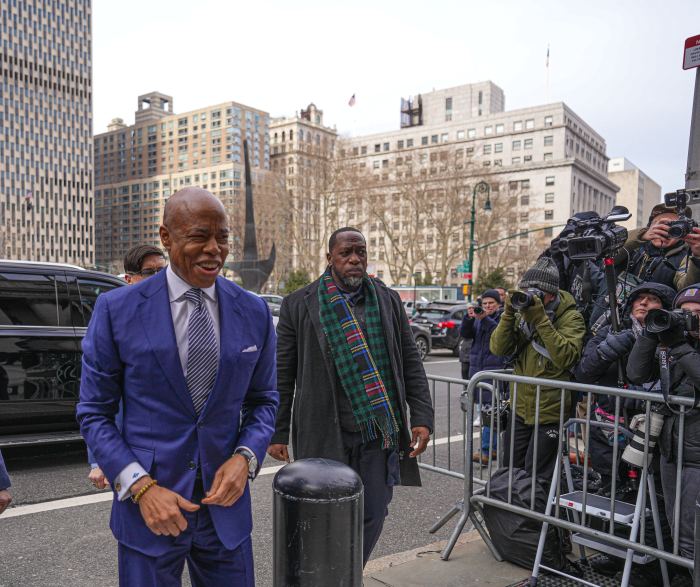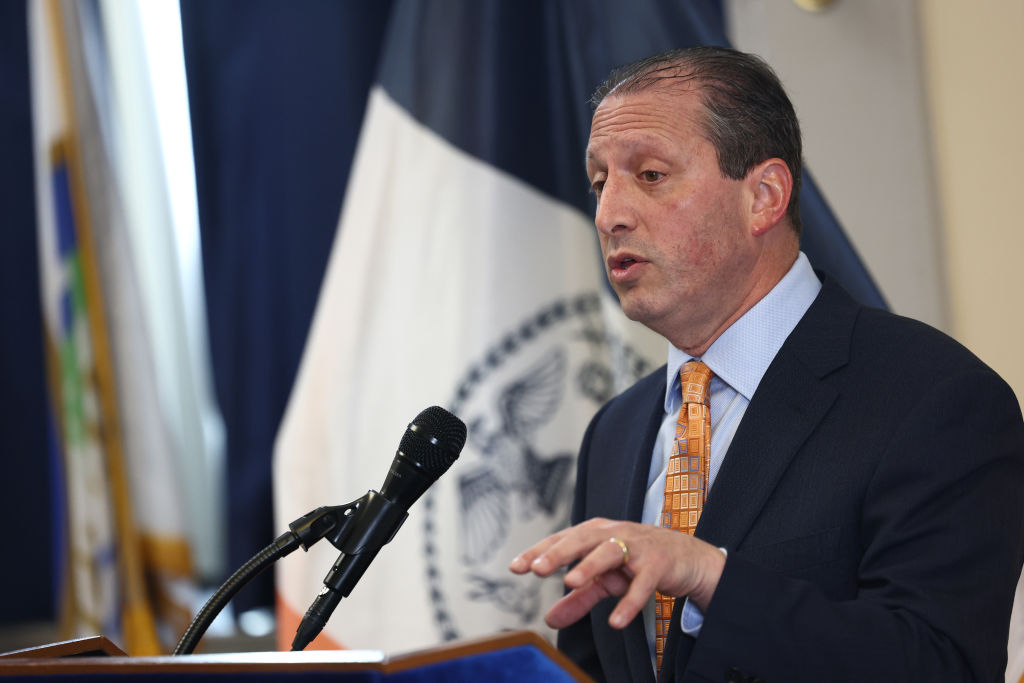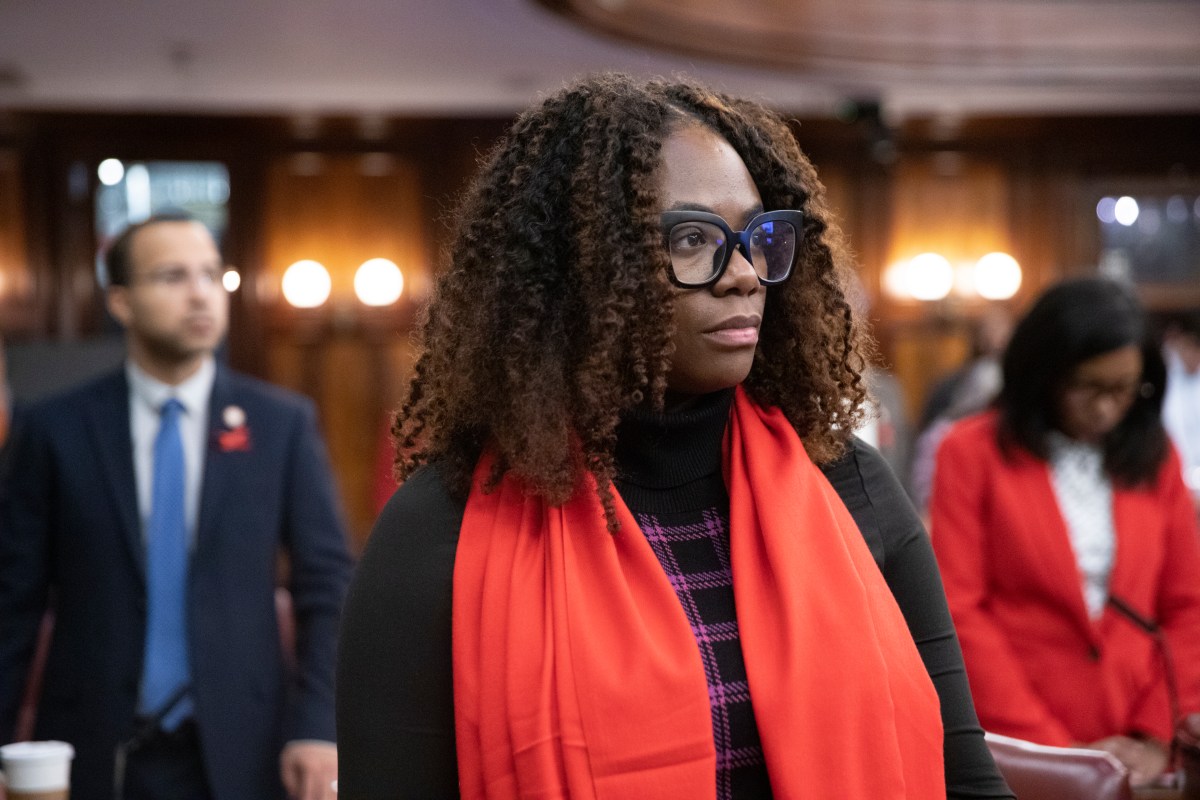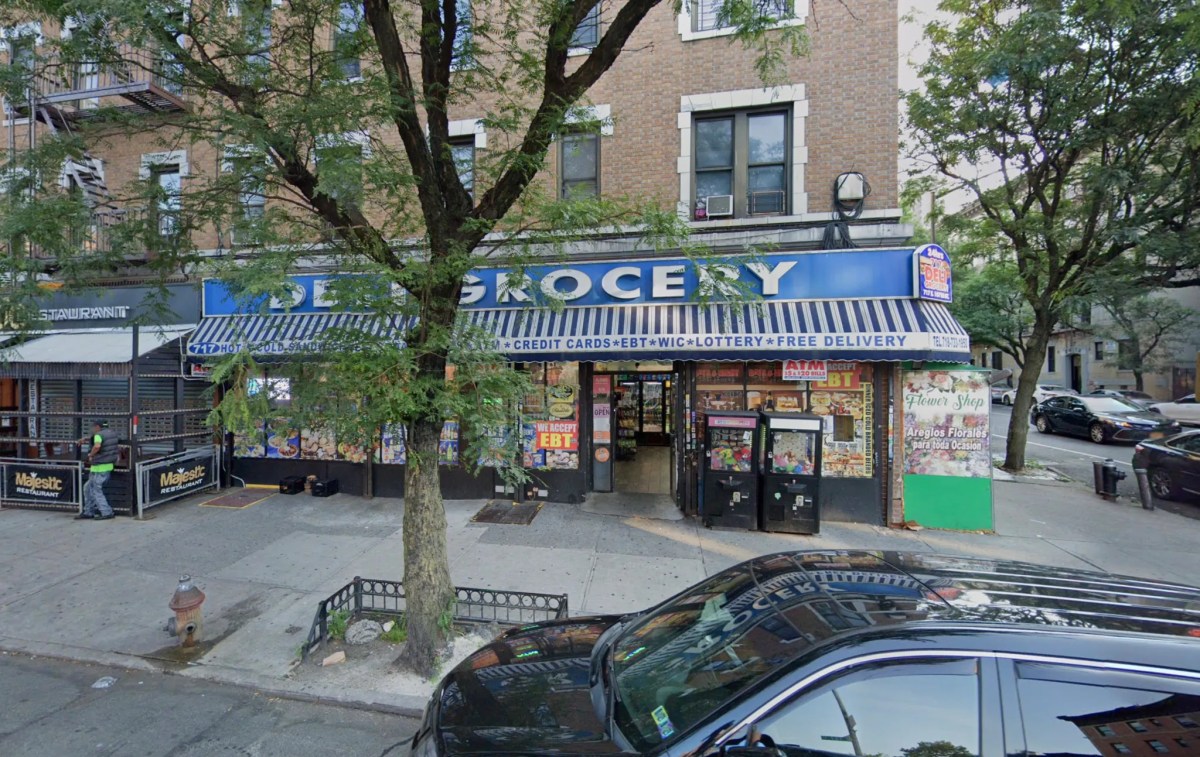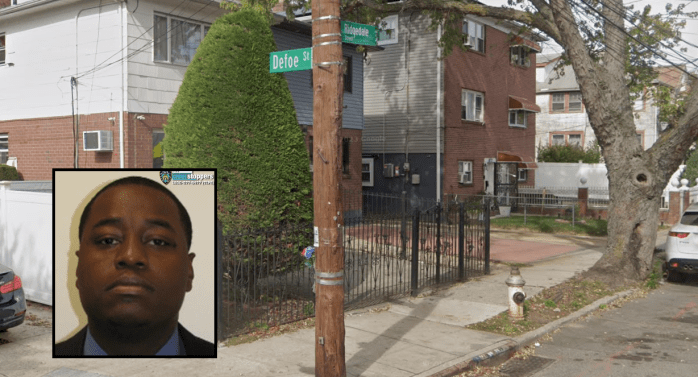
As Katy Gallagher stood in the ashes of what was once her home in Breezy Point, Queens, the day after superstorm Sandy, she knew life would never be quite the same.
Gallagher, unlike many of her neighbors, had evacuated from her small co-op community at the tip of the Rockaway Peninsula the night before, when the storm took a turn for the worse and she realized this would not be “another Irene.”
“I was sitting upstairs . . . and I thought the house was going to blow off. Everything was rattling. I called my friends and said ‘This is really bad. I think we should be leaving,’ ” Gallagher, 75, recalled.
When she returned the next day, she found that the bungalow her family had owned since 1943 had burned to the ground in a six-alarm fire that destroyed nearly an entire section of Breezy Point that locals call The Wedge.
“It was a horrendous fire that they couldn’t put out because they couldn’t get there,” said Jonathan Gaska, district manager of Community Board 14, which covers Breezy Point. Volunteer firefighters, some trapped in their station houses by rising flood waters, couldn’t get to the fire during the storm surge. “There was 7 feet of water.”
In total, 127 homes were decimated.
“It was just crazy . . . there was nothing left,” Gallagher said. “Everything I owned had gone up in smoke. Loss of pictures was a big thing for all of us — all gone.”
Even more homes, about 2,000, sustained some degree of water damage in the tidal surge that caused the Atlantic Ocean and Jamaica Bay to essentially meet over Breezy Point. Of those homes, 221 were uninhabitable because of severe flooding.
Now, five years after Sandy destroyed the tight-knit beachfront community, the neighborhood is still rebounding. Many families have moved back in full time, and businesses — the Surf Shop and BayHouse bar and restaurant among them — have rebuilt and reopened. But houses are still being raised, and some homeowners have yet to come back for good.
Gallagher, who began living in Breezy Point full time about 10 years ago, had to completely rebuild her house. She moved back in the summer of 2014, nearly two years after Sandy.
“I slept in 12 places before I moved back into my home,” she said. “I was all over the place.”
There are six homes near Gallagher’s house that have not been rebuilt, she said. “There are still people who are not here or are in the process of being lifted up by Build It Back.”
The city’s Build It Back program, launched after Sandy, has had a strong presence in the Breezy Point community. Currently, 411 properties are part of the rebuilding and resiliency initiative, according to Denise Neibel, 54, assistant general manager with Breezy Point Cooperative. The program, though criticized by some for being too slow in getting displaced people back into their homes, has helped restore about 54 percent of the damaged houses, with 106 rehabilitations, 55 rebuilds and 61 elevations, she said.
“I think the program has gone through its own issues of dealing with bureaucracy of agencies and requirements,” Neibel added. “One of the things early on was this was such an extraordinary event that took place, it couldn’t be a response of business as usual.”
Policy and procedure often got in the way of moving home rehabilitations along as quickly as many families had wanted them to.
“Five years is not that bad, but when people with their kids are out of their homes — elderly people — for that time period, it’s just too long,” Neibel said, adding that the sheer number of homes under the Build It Back program posed a serious challenge.
Mayor Bill de Blasio announced on Monday that Build It Back has completed about 87 percent of its projects across the city, with 7,200 of the 8,300 one- to four-family homes that were accepted into the program rehabilitated.
But not everyone who sustained damage during Sandy qualified for Build It Back.
Breezy Point’s roots are as a summer beach retreat. While Neibel said about 80 percent of people now live there year-round, 20 percent consider their Breezy Point properties a second residence and thus did not qualify for Build It Back.
Kaitlin Doyle, 26, said it took about a year for her family to return to their home in Breezy Point after it was inundated with about 4 feet of water. The home is Doyle’s primary residence, but her parents used their savings and FEMA aid to rebuild, since they had flood insurance.
On the night Sandy hit, Doyle watched the water inch up the second-floor staircase of the firehouse on Rockaway Point Boulevard, where she was a volunteer EMT at the time.
“You always think, ‘This is never going to happen to me,’ ” she said. “That was the moment I was like, ‘OK, I need to get into survival mode here.’”
Doyle said she had just watched her brother leave on a boat to help rescue people in the neighborhood when she saw the red glow of the fire beginning.
“I was just kind of realizing the fragility. I thought maybe my brother wasn’t going to come back,” she said, but he was uninjured in the storm. “At that moment, I realized that my life was not going to change in a small way but in one of the greatest ways.”
Doyle’s family bounced around to several places, including Florida and an apartment in Brooklyn, while the entire first floor of their home was redone.
“We were depending on FEMA because we had flood insurance, but they wouldn’t pay for the full damage,” Doyle said. “They wouldn’t pay for our belongings, they just wanted to price us for the house. My parents were stressed for months.”
Even now, there are still six or seven families near her house that are not back in their residences, she said.
The Breezy Point Cooperative is unique in New York City. While the homes are owned individually, the land the houses sit on was collectively purchased by three associations that pooled money together and filed co-op paperwork with the city in 1960, according to A.J. Smith, 54, chairman of the board of the Breezy Point Cooperative. The residents pay for security, maintenance and other community-related costs.
Martin J. Ingram, a former chief of the Breezy Point Volunteer Fire Department who was on duty the night of Sandy, described it as a “generational community,” with many residents growing up, buying homes near their parents and starting families of their own.
Ingram, 67, spent the night of Oct. 29, 2012, watching flood waters rise around him inside the clubhouse next to the fire station and eventually fought the raging fire — all the while not knowing what would be left of his own home when he returned.
“We could see the fire but we couldn’t get to it because of the flood waters,” he said.
He and a team of about 15 volunteer firefighters, one of several groups that had gone out after the flooding receded, fought the giant blaze from about 10:30 p.m. to 5:30 a.m., he said.
Ingram described the fire as “a comet storm,” filled with thick black smoke.
“It was a very difficult night and I was very fortunate that my firemen were very brave and fearless,” he said. “I can’t speak enough about what they did. I was fortunate to be their leader.”
When Ingram did return home, there was about 3 feet of water damage in his house, he said. “We actually had mussels in the kitchen sink. I don’t understand how they got there.”
Ingram was out of his house for six months, and said he lived in his car, at the firehouse and eventually his son’s condo before he was able to return.
In the immediate aftermath of Sandy, the community was quick to rally around with donation drives and fundraisers. People from across the country came to lend a hand, and the city’s Rapid Repairs pilot program helped homeowners turn the lights back on and get the heat going in their homes again.
As the years passed by, more and more families returned to Breezy Point.
“The first year you see people you’ve known for your whole life and you’re asking them are they back yet? Now these people are back sleeping in the community,” Smith said. “Now you ask people how the Mets did last night.”
Smith said the community has settled into a new normal, with the sounds of construction nearly omnipresent.
“The sounds of saws and the hammers is the sound of your neighbor returning,” he said.
The construction brought about a new look for Breezy Point, with dozens of bungalows replaced by newly built two-story homes.
“It’s definitely changed the layout and changed a lot of people’s lifestyles, but I haven’t seen anyone falling out of touch with their block or their neighbors,” Doyle said.
The Breezy Point Cooperative also took steps to help the neighborhood bounce back, Smith said, acting as advocates for homeowners dealing with the government, creating its own resiliency efforts and investing about $400,000 to see them through.
“The lesson you learn from a storm is that you have to be more resilient,” Smith added. “Building codes changed, so homes are being built higher and stronger so they can live through these storms.”
The co-op built its own dune — that didn’t exist before Sandy — along the waterfront. The bayside was particularly vulnerable when the surge hit, as homes were ripped from their foundations and smashed into each other.
The cooperative is also working with the city on a FEMA-funded dune project designed to link up with similar work going on through the Army Corps and FEMA in the Rockaways with the goal of providing “complete coastal protection,” Neibel said.
Annually, on the anniversary of Sandy, community members gather to plant American beach grass in the sand dunes. This year’s planting will take place at 10 a.m. on Saturday and Sunday.
And while Breezy Point may no longer look like the sleepy bungalow beach community it once was, its residents have maintained the same close-knit, family vibe throughout its hardships.
“One reason we came back better is that we have a really resilient group,” Smith said.
Read More: How is wastewater treated in New York City? NYCurious



